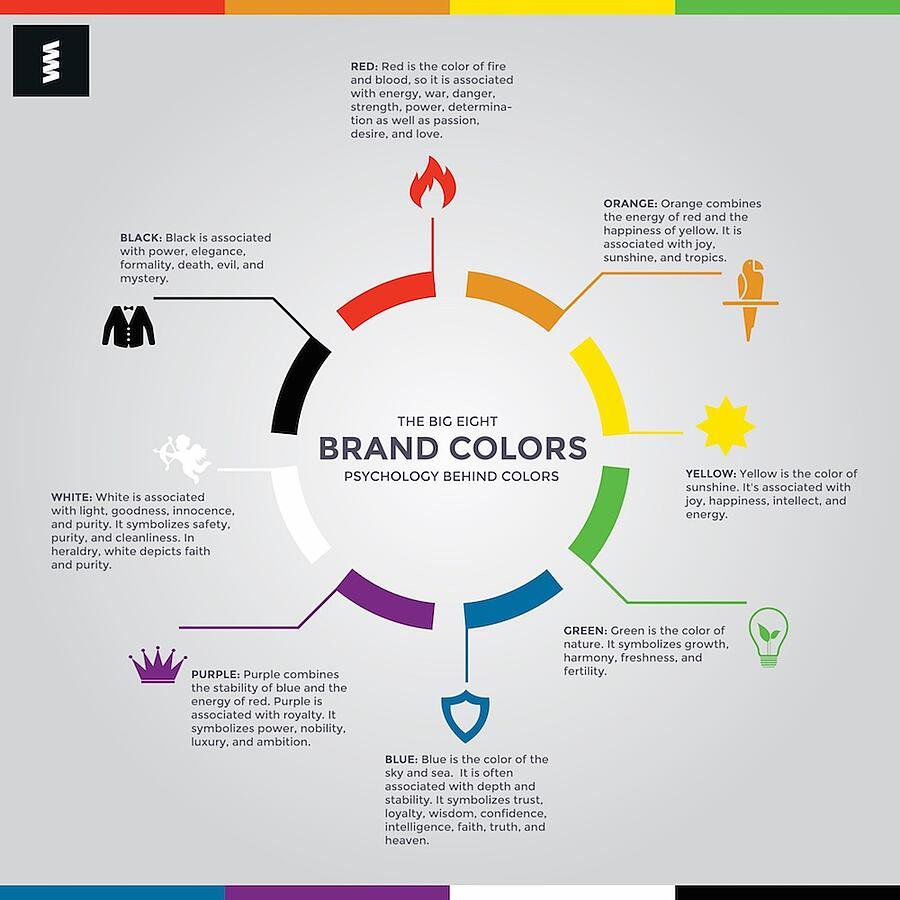Emotional Marketing

First impressions matter! If you were looking at two advertisements—one that simply talked about products, and one that made you laugh or cry—which would have the most impact? The second one, right?
Emotional Marketing uses emotions to provoke your audience into noticing, remembering, sharing, and buying. This is one of the best methods for connecting with your audience and keeping their attention in a crowded landscape. They are readers and writers like you, so this type of marketing, when done right, does more than sell books—it inspires, it spurs action, and it puts people at the center of a conversation.
But before you jump in and start tugging at your audience's heart strings, you need to do some research. Emotional marketing hinges on understanding the issues, concerns, and sources of pride for your audience. Let's explore.
Do Your Research
Knowing what your audience is searching for online can give you tremendous insight into who they are and what they're looking for. And one of the best ways to understand an audience is through keyword research.
What is keyword research? It is the process of finding and analyzing search terms that people enter into search engines with the goal of using that data for a specific purpose, often for search engine optimization (SEO) or general marketing. By researching keywords based on popularity, search volume, and general intent, you can learn what most people in your audience want answers to.
Tools like BuzzSumo, SEMrush, and Ahrefs provide detailed results on relevant keyword searches, related terms, news articles and influencers, giving you a better sense of where a brand stands in the current culture.
For example, if you want to create content related to Christmas, a quick search in BuzzSumo's Questions feature reveals a variety of emotions associated with the holiday:
Stress over keeping the Christmas ham from drying out - Loneliness after losing a loved one - Worry about making small talk at an office party - Excitement over buying the perfect gift
You don't have to use a paid platform to do your own online keyword research. There are free tools as well, such as Wordstream and Wordtracker. Here are some steps you can take to optimize your strategy:
1. Make a list of important topics based on your business and separate these into relevant buckets. For example, a Beach Reads bucket might include cozy mystery, chicklit, quick reads, summer romance.
2. Look at the related search terms that appear when you plug a keyword into your search engine. When you type in your word or phrase and scroll to the bottom of your search results, related suggestions will appear, which can spark ideas for other keywords.
3. Consider the searcher's intent when doing keyword research. For example, researching how to write an engaging blog post is different than creating a blog website.

Create a Mood Board
Mood boards are collages of images, symbols, and words that help visualize a mood you're trying to create. Authors use these to share details about their works. Often referred to as aesthetics, these mood boards create an emotional landscape for the setting, characters, and theme of a story.
But mood boards can also be a useful tool when planning a social media post. Perhaps you're preparing for a book promotion, or you'd like to hold a poll about a topic of interest. Maybe you want to come up with an engaging way to share the details of an event you attended. Creating a personal mood board for inspiration when curating important social media posts can help you generate the right mood. (no need to include the board with your post)

Emotions Trigger Action
😄 Happiness makes us share. 'Good news travels fast.' Studies show that good news and positive content spreads faster on social media than any other type of content.
😢 Sadness makes us empathize and connect. Feelings of empathy lead to altruism and the motivation to act on behalf of others.
😨 Surprise and fear makes us cling to what is comfortable. Done right, eliciting fear allows your brand to be seen as the one good thing in a dark world, meaning your audience will lean on you more when things take a turn for the worse.
😠 Anger and passion make us stubborn. Like happiness, strong emotions such as anger and passion inspire people to share content. Think of that Facebook video about a local tragedy or political issue with tons of likes and comments.
Additional Tips
Lead with color: Color and emotion are closely tied. Have you ever walked into a room and immediately felt something? Perhaps it was discomfort. Or maybe you felt at home but couldn't explain why. This is called color psychology. Therapists paint their offices certain colors to calm their patients. Football teams choose jersey colors that excite their players and fans. The same goes for brands, i.e. Coca-Cola red or Starbucks green. Consider the emotion you're trying to evoke in your audience when creating your social media posts and decide which color best represents that emotion. We've included a helpful chart below:

Tell a story: As authors, we understand the power of storytelling. Whether through sadness, anger, passion, or humor, stories are easily relatable and shareable. Regardless of your audience, there are common threads that are universal, such as family connections, childhood memories, historical events.
Create a movement: Also known as the bandwagon effect, you can create intrigue around what the crowd is doing, inciting feelings of camaraderie, acceptance, and excitement, which, by extension, creates loyalty to your brand. TOMS does a great job of crafting this sense of community. When you purchase a pair of TOMS, you also help someone in need through their 'One Day Without Shoes' campaign.
Inspire to aspire: Aspiration isn't quite an emotion, but the process of feeling inspired brings out many emotions (joy, excitement, motivation, hope). Aspirational campaigns are powerful because they tap into a dream, goal, or vision that your audience longs to reach. What does your audience want most? Inspire them by showing them ways they can achieve their goals.
Keep track of engagement: To get a read on audience reaction, consider running surveys, polls, or providing a space for feedback during your campaign launch. Keep an eye on how your social media followers respond. Are they sharing the post with others? What are they saying about the post? Has your content elicited the response you were looking for?

As authors, we need to keep in mind that our audience is not an inanimate object. They are people just like us, so we want to connect with them on an individual level. Don't worry about coming off as too personal. You can still present yourself as a professional while showing folks you are a genuine human who laughs and cries and has big dreams.
🔎 🔎 🔎
Up next: Headlines and Headings
Image credits: Papafox from Pixabay and Klauss Hausmann from Pixabay
Bạn đang đọc truyện trên: Truyen247.Pro